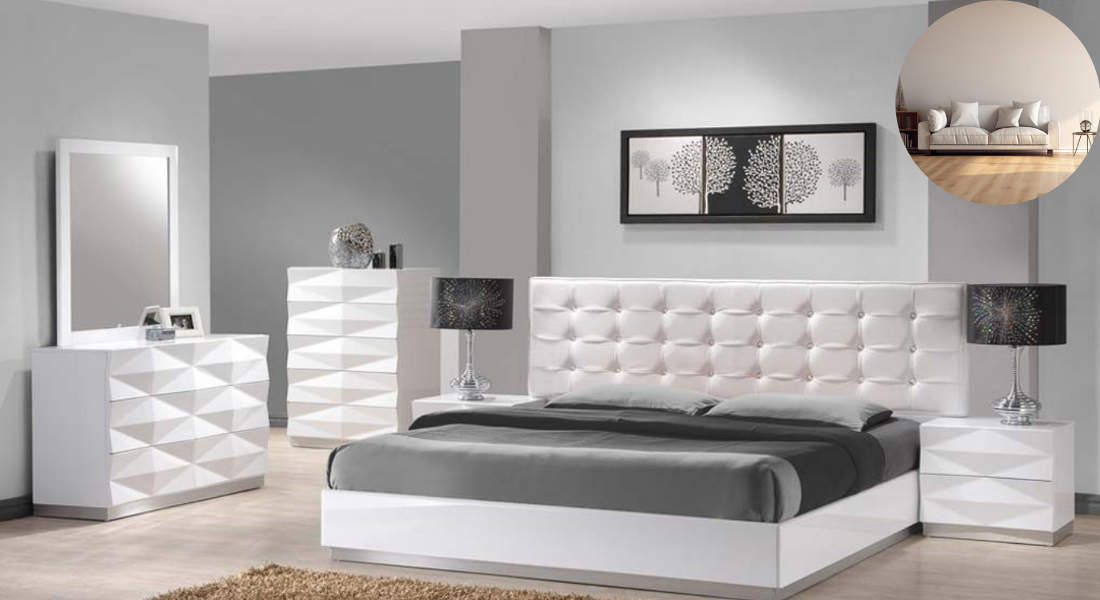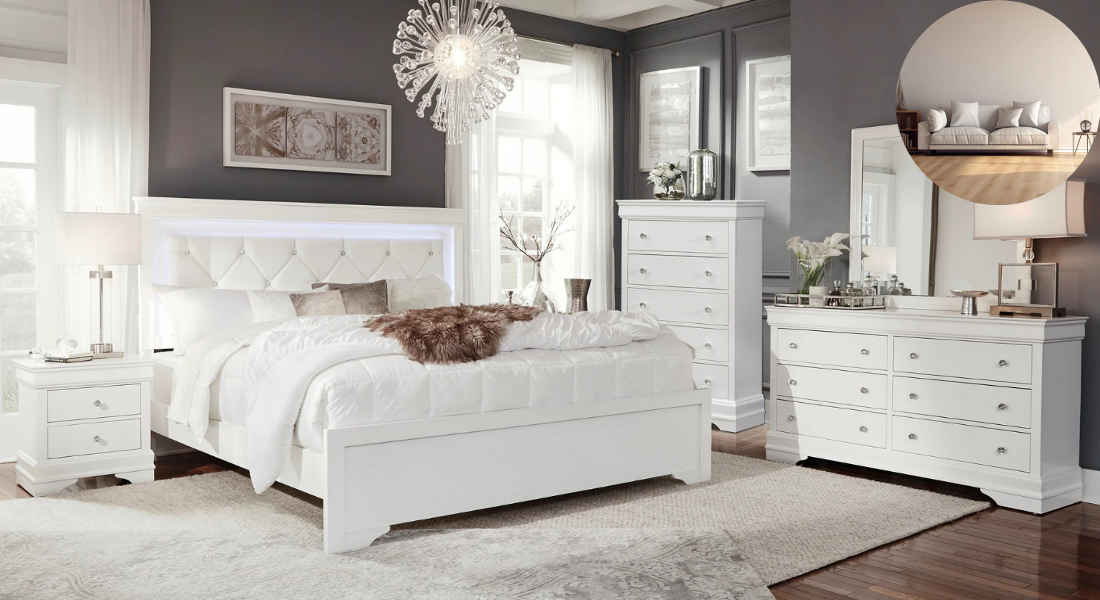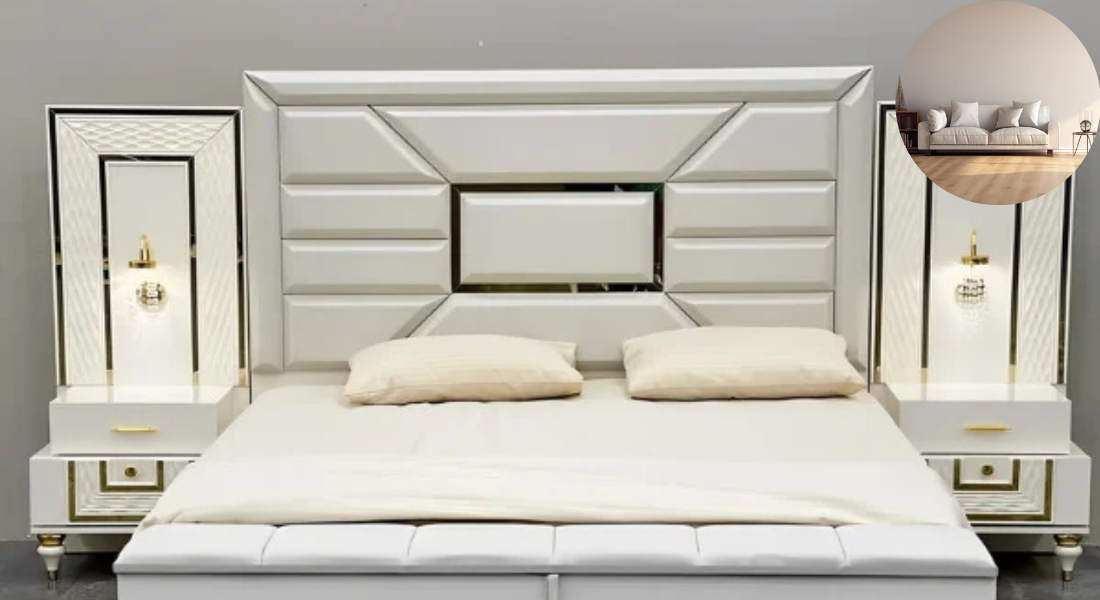White furniture is undeniably timeless. It brings an air of elegance and sophistication to any home, blending seamlessly with nearly every interior design style. However, owning white furniture comes with its own set of challenges. From accidental spills to discoloration caused by sunlight or wear and tear, maintaining the pristine beauty of white furniture can feel like a never-ending battle.
Understanding the Vulnerabilities of White Furniture
White furniture, while stunning, is particularly susceptible to stains and discoloration. Knowing why it’s vulnerable can help you better protect it.
Why White Furniture is Prone to Stains and Discoloration
White surfaces naturally highlight even the smallest stain, smudge, or speck of dirt. Unlike darker furniture, which can conceal minor blemishes, white pieces immediately reveal imperfections. Common issues include:
- Stains from food, beverages, and accidental spills
- Dust and dirt buildup, which can make white look dull or gray over time
- Discoloration from sunlight exposure, which can cause yellowing or fading
Common Causes of Damage
- Sunlight: Prolonged UV exposure can bleach or yellow-white furniture, especially wood or fabric pieces.
- Spills and Stains: Coffee, wine, and other liquids can seep into fabrics or damage wooden surfaces if not cleaned promptly.
- Everyday Use: Daily contact with hands, clothes, or pets can lead to grime buildup or wear and tear.
Different Materials and Their Unique Care Needs
- Fabric: Easily absorbs spills and dirt. Requires regular vacuuming and spot cleaning.
- Leather: Prone to cracking or discoloration if not moisturized and cleaned properly.
- Wood: Susceptible to scratches, fading, and staining if not sealed or maintained.
- Metal or Painted Surfaces Can accumulate fingerprints or develop rust if exposed to moisture.
Preventive Measures to Protect White Furniture in House
Taking proactive steps to shield your white furniture from harm is key to maintaining its beauty. Let’s explore some preventive measures you can implement today.
You may also read (stripping home furniture).
Placement and Environment Control
- Avoid Direct Sunlight
- Place furniture away from windows or areas with strong sunlight to prevent fading or yellowing.
- Use window films, UV-blocking curtains, or blinds to minimize exposure.
- Control Humidity and Temperature
- High humidity can warp wooden furniture, while low humidity can cause cracking.
- Maintain a stable indoor climate using a humidifier or dehumidifier as needed.
Use of Protective Covers and Slipcovers
One of the simplest ways to protect white furniture is by using covers.
- Benefits of Slipcovers
- They act as a barrier against dirt, spills, and pet hair.
- Slipcovers are easy to remove and wash, making them a practical solution for homes with kids or pets.
- Choosing the Right Slipcover
- Opt for machine-washable fabrics like cotton or polyester.
- Ensure a snug fit to avoid a sloppy appearance.
- Select neutral or complementary colors to maintain the aesthetic appeal of your space.
Application of Fabric Protectors and Sealants
Adding an extra layer of protection can significantly extend the life of your white furniture.
- Fabric Protectors for Upholstery
- Use spray-on fabric protectors like Scotchgard to repel stains and liquids.
- Always test any product on an inconspicuous area before full application.
- Sealants for Wooden Furniture
- Apply a colorless wax or sealant monthly to protect against scratches and moisture.
- Avoid harsh chemical cleaners that can strip the protective coating.
Daily Cleaning and Maintenance Practices
Consistent maintenance is essential for keeping white furniture spotless and beautiful.
Regular Dusting and Dirt Removal
- Fabric Furniture
- Use a lint roller or handheld vacuum to remove dust, crumbs, and pet hair.
- Avoid harsh brushes that can damage delicate fabrics.
- Wooden Surfaces
- Wipe with a microfiber cloth to remove dust without scratching.
- Avoid feather dusters, as they can spread dirt rather than remove it.
You may also read (does my house need to be tidy for valuation).
Weekly and Monthly Cleaning Routines
- Weekly Cleaning
- Remove fingerprints and surface smudges using a mild, non-abrasive cleaner.
- Focus on high-traffic areas like armrests and cushions.
- Monthly Deep Cleaning
- For fabric furniture: Vacuum thoroughly and spot-clean with gentle solutions like baking soda or vinegar.
- For wood: Polish with a suitable wood cleaner to restore shine and remove grime.
Stain Identification and Removal Techniques
Even with preventive measures, accidents happen. Knowing how to tackle stains promptly can save your furniture from permanent damage.
Common Stains and Quick Remedies
Stain TypeRemoval Method
Coffee/Tea Blot with a mixture of water and dish soap.
Ink Dab with rubbing alcohol on a cotton swab.
Grease and sprinkle baking soda to absorb oil, then vacuum.
Blood Use cold water and mild detergent.
Step-by-Step Stain Removal Tips
- Act Fast
- Blot (don’t rub) spills immediately with a clean cloth.
- Use Safe Cleaning Solutions
- For example, mix equal parts vinegar and water for a natural cleaner.
- Test First
- Always test any cleaning method on a hidden spot to ensure it won’t discolor or damage the material.
Long-Term Care and Furniture Longevity Tips
Consistency and mindfulness are key to making your white furniture last.
- Rotate Cushions and Furniture Placement
- This prevents uneven fading or wear on specific spots.
- Establish No-Eating Zones
- Encourage family members and guests to avoid eating or drinking near white furniture.
- Professional Cleaning
- Schedule professional cleaning annually for deep stains or dirt that regular cleaning can’t remove.
You may also read (remove mold from your house siding).

